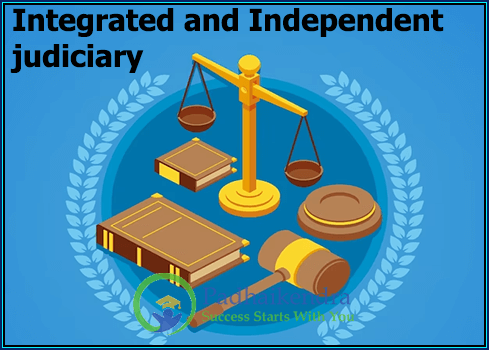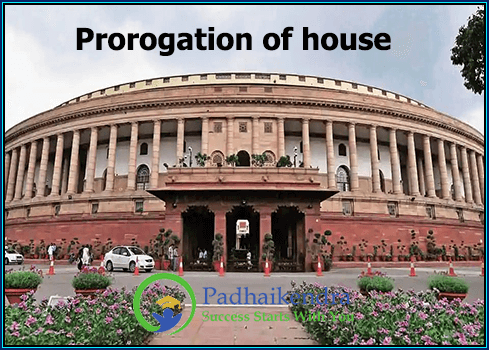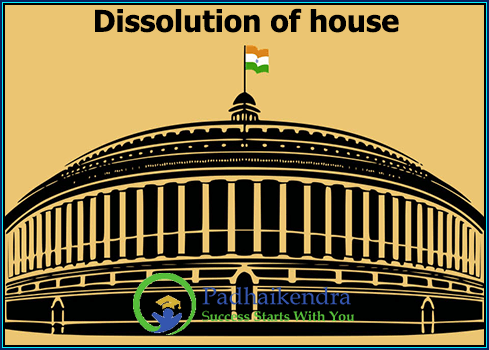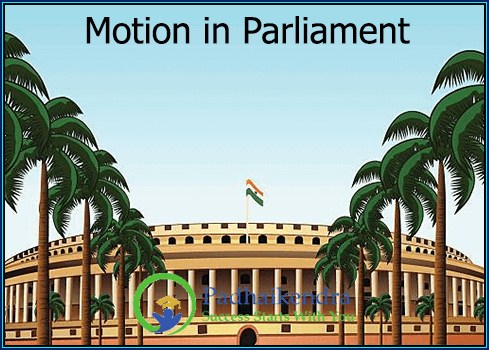The Indian Constitution provides for both an integrated and independent judiciary.
The integrated judiciary is comprised of a single system of courts, with the Supreme Court at the apex, and high courts and district courts at the lower levels. This system of courts is common to the entire country and is responsible for interpreting and applying the law uniformly across all regions.
At the same time, the Indian Constitution also provides for an independent judiciary, which is insulated from political influence and is free to make decisions based solely on the law and the facts of a case. This independence is guaranteed by several provisions in the Constitution, including the security of tenure and salary of judges, the separation of the judiciary from the executive, and the power of the courts to declare laws unconstitutional.
In addition to these constitutional provisions, the judiciary in India also enjoys significant public support and respect, which further enhances its independence and credibility. This is in part due to the role of the judiciary in upholding fundamental rights and ensuring the rule of law, as well as its ability to act as a check on the power of the executive and legislature.
However, despite the guarantees of independence and impartiality, the Indian judiciary has faced criticism over issues such as delays in the delivery of justice, lack of diversity among judges, and allegations of corruption. Efforts are underway to address these issues and strengthen the integrity and effectiveness of the Indian judiciary.





